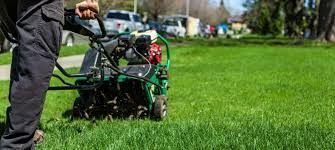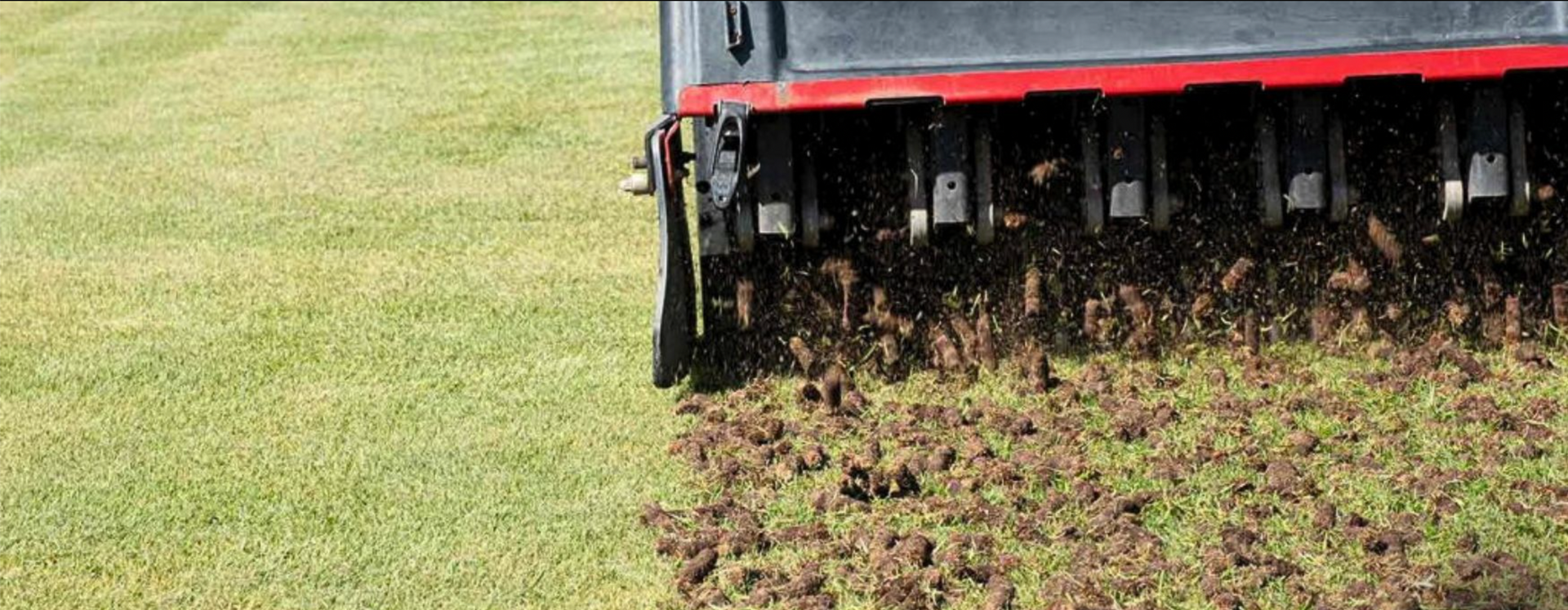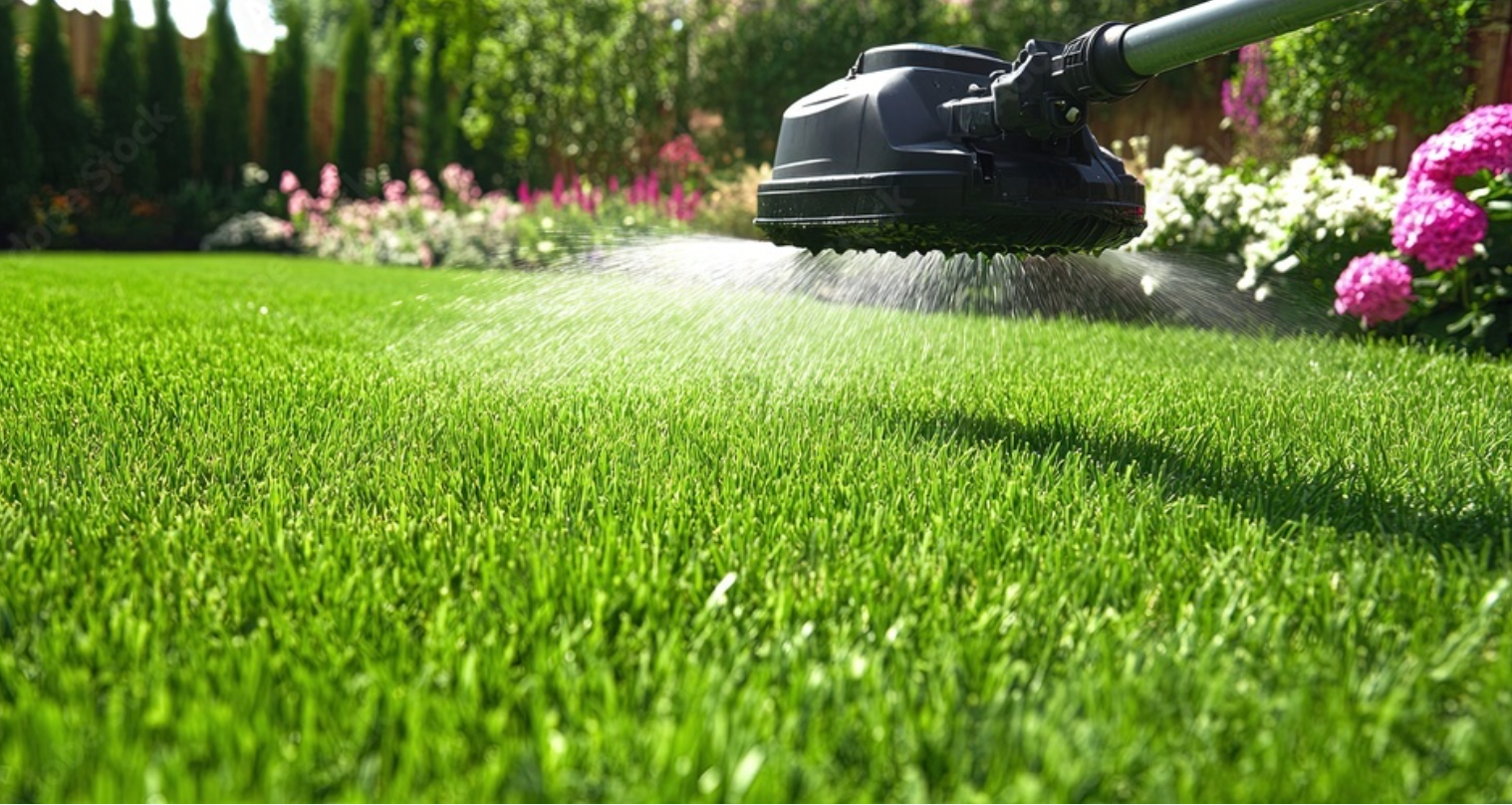How to Improve Soil Health for a Greener, Thicker Lawn
A lush, green lawn isn’t just about watering and mowing—it all starts with healthy soil. Without nutrient-rich, well-structured soil, your grass struggles to grow strong, vibrant, and thick. At Nature’s View Lawnscapes, we specialize in lawn care and fertilization in South Carolina, and we’re here to guide you on how to improve your soil health for a lawn that thrives year-round.

Why Soil Health Matters
Soil is the foundation of your lawn. Healthy soil supports strong root systems, retains moisture efficiently, and allows for optimal nutrient absorption. If your lawn is struggling with patchy grass, weeds, or discoloration, poor soil health could be the culprit.
By focusing on improving your soil, you’ll create an environment where grass flourishes, making your lawn more resilient to drought, pests, and disease.
Step 1: Test Your Soil
Before making changes, test your soil to understand its current condition. Soil tests measure pH levels, nutrient deficiencies, and organic matter content. You can purchase a soil test kit from a garden center or hire professionals like Nature’s View Lawnscapes to conduct a comprehensive analysis.
- Ideal lawn soil pH: 6.0 to 7.0
- Nutrients to check: Nitrogen (N), Phosphorus (P), Potassium (K)
- Organic matter percentage: At least 5% for healthy microbial activity
Step 2: Aerate Your Lawn
Compacted soil prevents water, air, and nutrients from reaching grass roots. Lawn aeration helps relieve compaction by punching small holes into the soil, allowing for better root growth.
- Best time to aerate: Spring and fall
- Use a core aerator for deeper penetration
- Follow up with overseeding and fertilization for maximum results
Step 3: Enrich the Soil with Organic Matter
Organic matter is crucial for soil health. It enhances moisture retention, promotes beneficial microbes, and supplies slow-release nutrients.
- Add compost to improve soil structure
- Use grass clippings as a natural mulch
- Apply aged manure for nutrient enrichment
- Consider earthworm castings to boost microbial activity
Step 4: Use the Right Fertilizer
Applying high-quality fertilizer tailored to your soil’s needs is essential. Over-fertilizing can lead to excessive growth, thatch buildup, and runoff pollution.
- Choose a slow-release, balanced fertilizer
- Apply fertilizer based on soil test results
- Avoid high-nitrogen fertilizers in hot summer months to prevent burning
At Nature’s View Lawnscapes, we provide expert fertilization services to ensure your lawn gets the right nutrients at the right time.
Step 5: Improve Drainage & Moisture Retention
Too much or too little water can harm soil structure. Address drainage issues by:
- Adding organic material to improve sandy soil’s water retention
- Incorporating sand or gypsum into clay-heavy soil for better drainage
- Installing proper irrigation systems to prevent overwatering
Step 6: Encourage Beneficial Microorganisms
Soil is alive with beneficial bacteria, fungi, and insects that aid in decomposition and nutrient absorption. To support these organisms:
- Avoid overuse of chemical pesticides and herbicides
- Rotate fertilizers and compost applications
- Keep soil covered with mulch or cover crops to prevent erosion
Step 7: Maintain a Regular Lawn Care Routine
A well-maintained lawn supports long-term soil health. Follow these essential practices:
- Mow at the right height (3-4 inches for most grasses)
- Water deeply but infrequently to encourage deep root growth
- Overseed bare patches to maintain lawn density
Let the Experts at Nature’s View Lawnscapes Help!
Improving soil health takes time, but the rewards are worth it—thicker, greener, and more resilient grass. Whether you need soil testing, aeration, fertilization, or year-round lawn care, Nature’s View Lawnscapes is here to help.
📞 Call us today at 864-416-5119 to transform your lawn with professional care in South Carolina!











